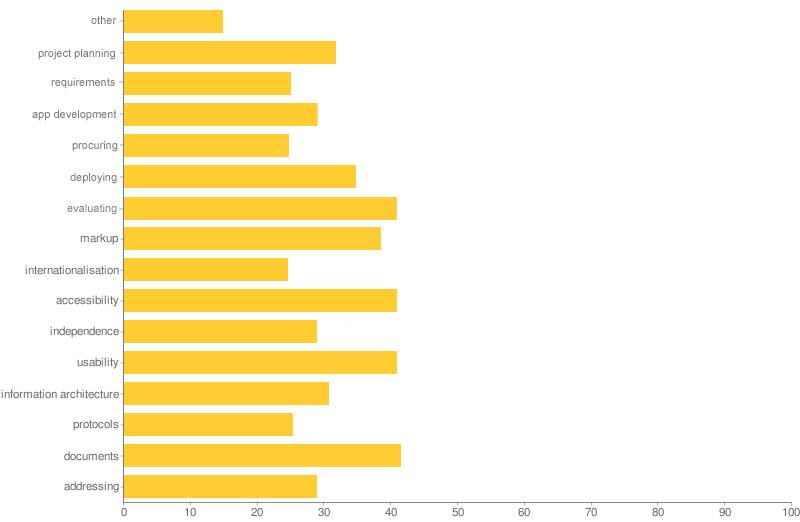Just on the heels of the launching of the Opera Web Standards Curriculum, the Web Standards Project (WaSP) Education Task Force announces that it will create a curriculum framework for educational institutions and aspiring web professionals.
This will include recommendations on course dependencies, learning competencies, readings, tools, and other resources that will help bring web standards to the classrooms. It’s called a framework, rather than a rigid curriculum itself, to keep it an ever-growing reference for teaching of web standards.
Why is it called a framework? Given the velocity at which Web technology unravels, we recognize that required skill sets can change rapidly, and that the best way to keep this material useful is for the education community to enrich it with their expertise and experiences. In this way, the WaSP Curriculum Framework will be a “living curriculum” that we hope would be a knowledge base of required skills.
The results of the 2007 curriculum survey give us a good idea of what classroom-based web standards education looks like. Below is a graph that shows what the survey respondents believe are the necessary topics taught in such classes.
I’m glad that things are picking up speed particularly in this area. As I have mentioned in my post about Opera WSC, it’s important that aspiring web professionals learn these concepts from the very beginning. And to do this, educational institutions must make sure they are teaching standards-based web design and not, say, tables-based HTML. (Gasp!)
Originally posted on August 15, 2008 @ 2:58 am
